

CHI Update: Uniting to Protect Local Cemeteries in Mali
By Darren P. Ashby | ASOR Cultural Heritage Programs Manager
In late August, ASOR’s partner AESPAT (Association of Students and Supporters for the Safeguarding of Heritage) developed and led a collaborative effort in the village of Nafégué in Mali’s Sikasso Region to clean and restore the community’s two cemeteries. Nafégué is a multi-ethnic and multi-faith community. A large cemetery to the southwest contains animist and Christian burials while a separate cemetery to the northwest is used by the Muslim members of the community. Traditionally, each family is responsible for the upkeep of their own burials and there has been little cooperation between the community members in the maintenance of both cemeteries. As a result, both cemeteries had become overgrown with vegetation and many graves were disturbed by fallen branches or animals.
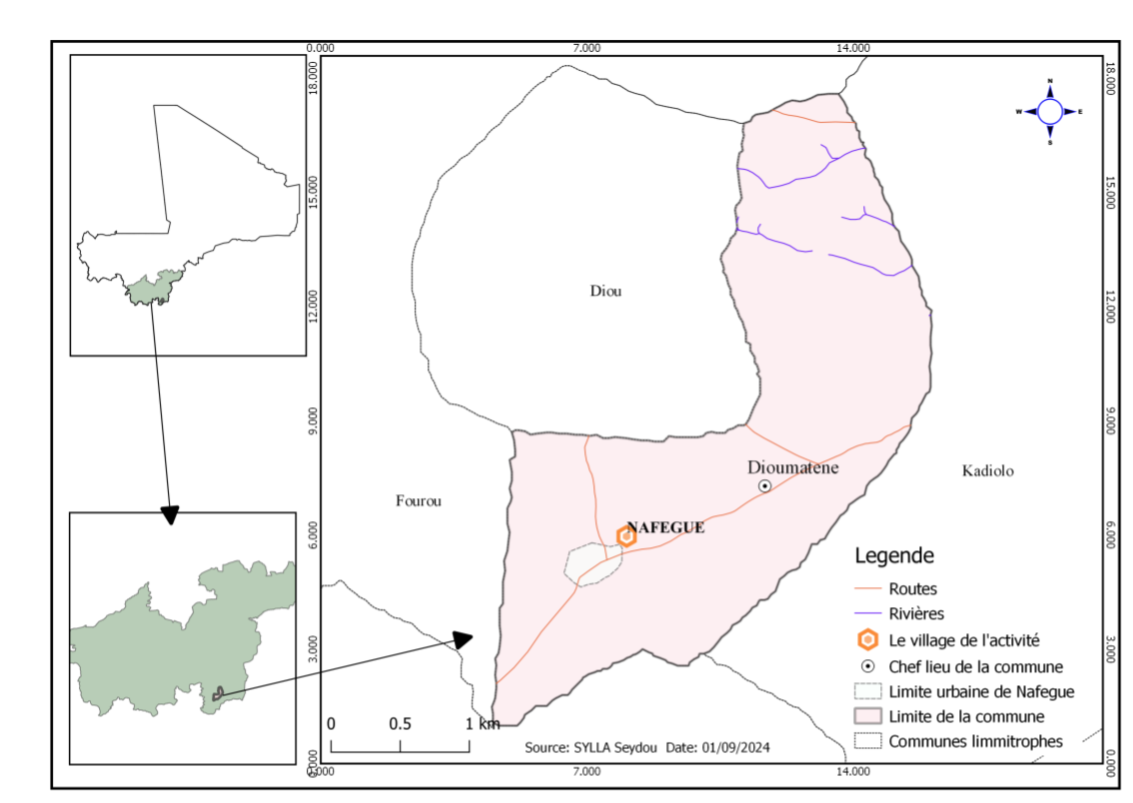
The location of Nafégué. Photo Credit: AESPAT.
Some of AESPAT’s members are from Nafégué and they saw an opportunity to bring the community together to protect their shared heritage and learn a bit more about each other in the process. To achieve this goal, AESPAT started with a community meeting that gathered the family leaders of the different ethnic and religious communities. The conversation focused on why the cemeteries had deteriorated so badly and how to involve everyone in their preservation. One main conclusion was that commitment to maintenance of the cemetery had weakened as memory of its inhabitants had dwindled.
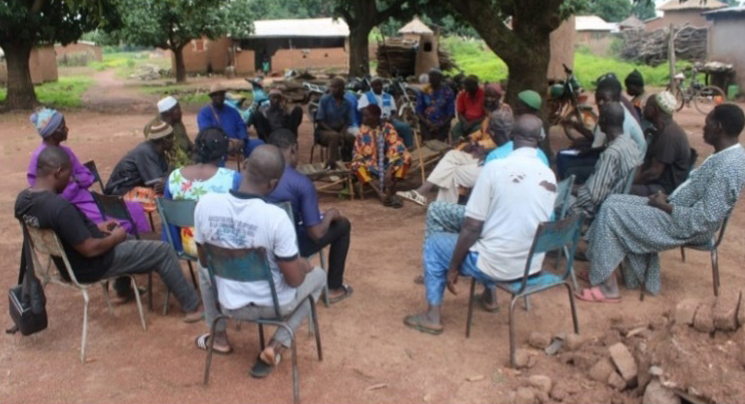
A meeting of community representatives to consider the event. Photo Credit: AESPAT/ASOR.
To help restore this sense of shared connection, the community chose to restore 13 graves that represented the full range of the community. Over three days, community members, especially the youth, cleaned both cemeteries and worked together on the grave restorations. As part of this, AESPAT prepared new grave markers so that each individual would be known to future visitors.
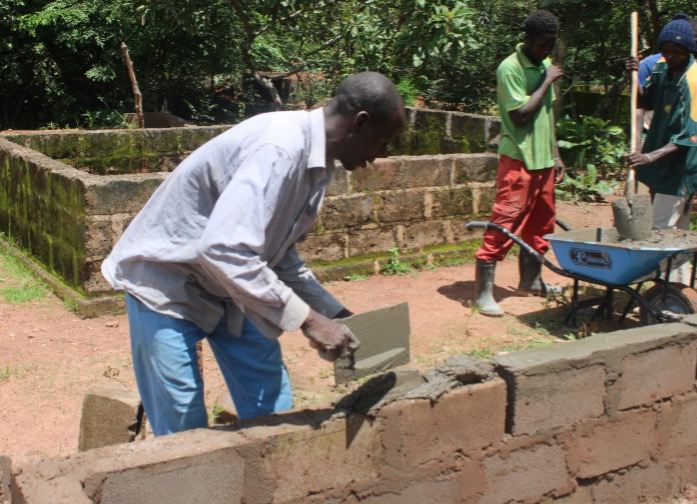
A member of the Muslim community restoring an animist grave. Photo Credit: AESPAT/ASOR.
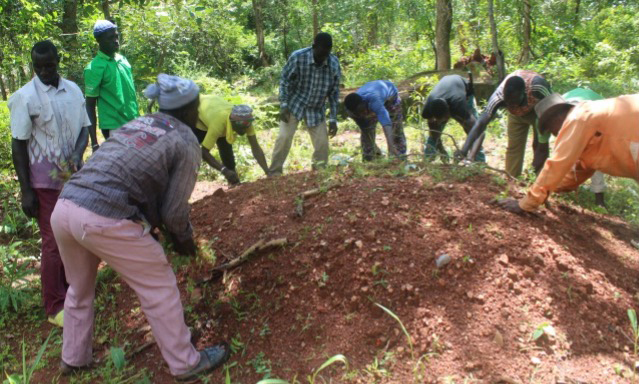
Community members cleaning an animist grave. Photo Credit: AESPAT/ASOR.
Although there was some hesitancy at first, the community members enjoyed the collaboration and began to think about other ways they could work together to protect their shared heritage. As Mr. Issouf Traore, the chief of the village, put it:
“At first, I was a little reluctant to the idea of restoring our tombs, as it was not in our culture for other communities to participate in the funeral work of our ancestors; this was reserved solely for the families of the deceased. However, given the state of deterioration of these tombs and AESPAT’s convincing explanations, we accepted this practical example. I’m very happy with the result, especially with the participation of all the communities in my village. To see Christians working on the graves of Muslims and animists, and vice versa, is a first in the history of the village of Nafégué. From now on, the names and tombs of our ancestors will never again be forgotten by future generations, as there are several ancient tombs in the cemetery of which we know nothing about the ancestors buried there.”
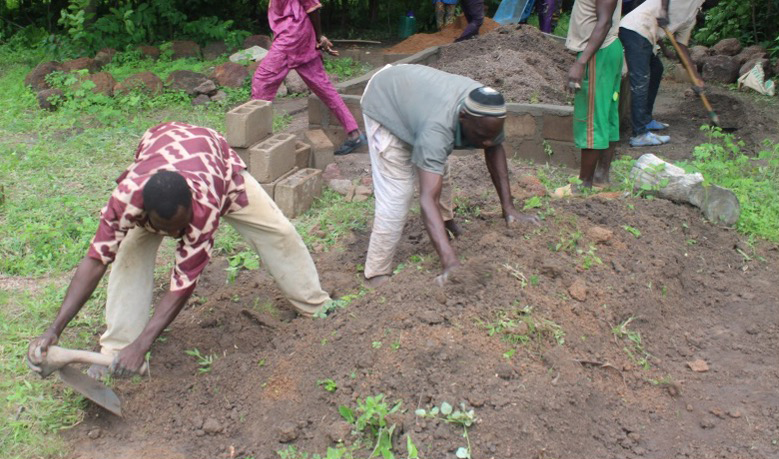
Members of the Christian community restoring a Muslim grave. Photo Credit: AESPAT/ASOR.
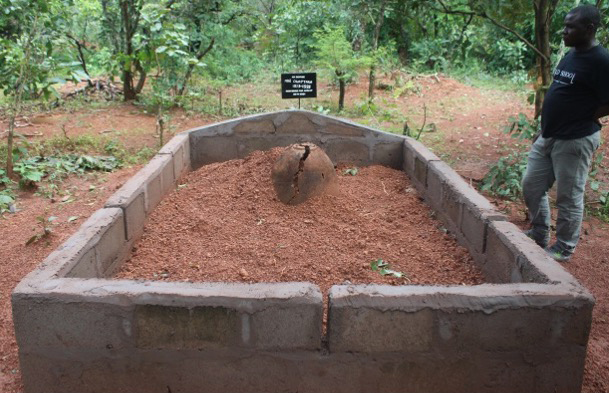
A restored animist grave. Photo Credit: AESPAT/ASOR.
Events like this offer a powerful way for people to unite around the shared experience of loss and remembrance to learn more about each other and to build the relationships needed to achieve common goals.